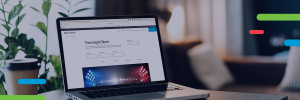Programmatic DOOH is a way of buying Digital Out of Home advertising space. You might also see it referred to as prDOOH or even just pDOOH.
It encompasses everything DOOH has to offer and packages it in an accessible, agile format. There’s often confusion over whether programmatic DOOH is a type of advertising but this is not the case – it’s simply a way of purchasing advertising inventory.
By automating the buying and selling of DOOH placements, programmatic DOOH allows advertisers to run reactive, evolving campaigns, as well as use resources more efficiently.
Programmatic DOOH uses information from multiple sources, combining audience intelligence with contextual data and available inventory to offer advertisers the placements best suited to their campaign goals.
How does programmatic DOOH work?
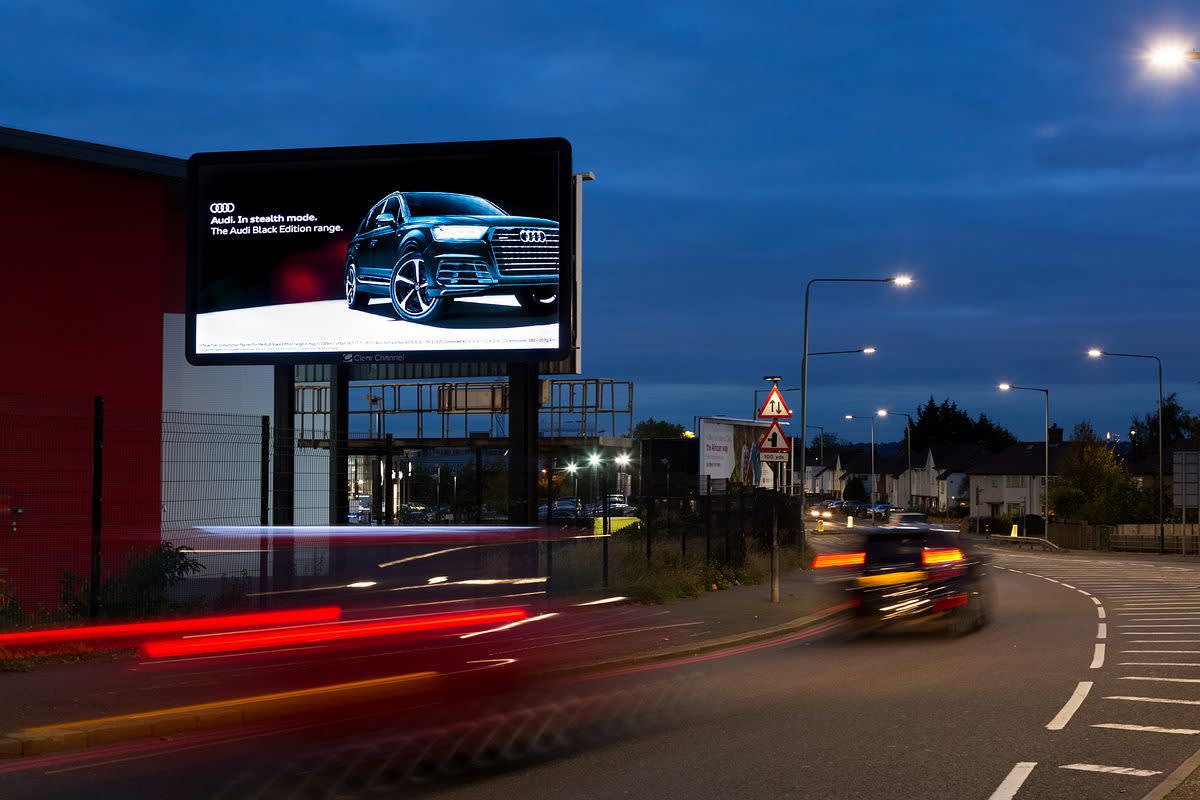
Programmatic DOOH platforms use algorithms to automate the buying and selling of digital advertising screens. This involves a few different processes and interactions between technology.
There is a supply-side platform (SSP), where the DOOH media owner lists their available advertising inventory. This can include all types of Digital Out of Home, from shopping mall screens to digital billboards.
Then there’s a demand-side platform (DSP), where brands and agencies can access and bid on the available inventory. DSP interfaces also function as the control panel for campaign planning and management – advertisers can upload new creatives or make changes to their targeting criteria simply by logging into the platform.
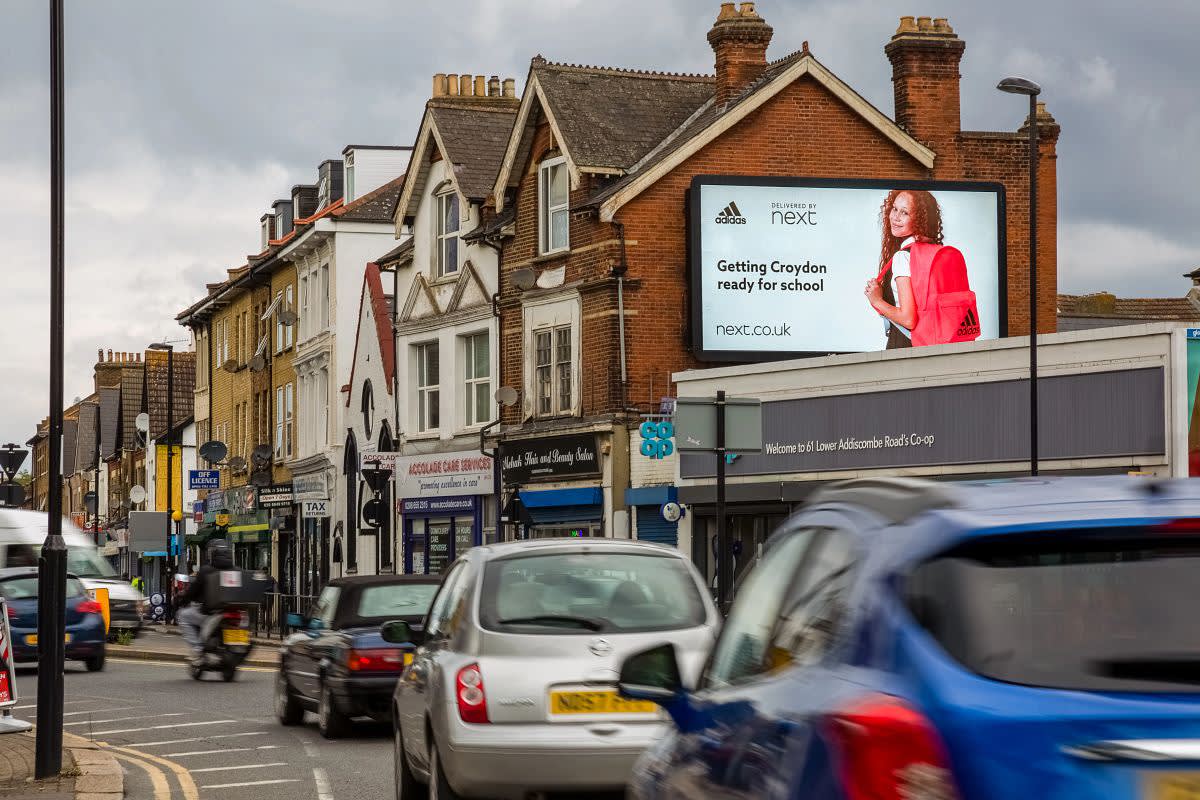
Once within the platform, advertisers define their campaign objectives, target audience and intended ad placements. During this process, data can be leveraged from multiple sources to build as simple or complex a set of criteria as is desired.
The conditions on which to display ads can be set based on ‘static’ data (e.g. location or time of day), ‘dynamic’ data (e.g. weather or audience behaviour), or a combination of the two. These conditions can be adapted to reflect new intelligence and ensure the ad remains relevant after the campaign has gone live.
To put the campaign live, advertisers set their budget and the DSP engages in a real-time bidding auction to secure DOOH screens that meet the chosen criteria. If the bid is won, the system triggers the delivery of the creative to the selected screens.
The different types of programmatic DOOH
There are a few different ways to purchase advertising inventory using programmatic platforms. Let’s take a look at the most common ones.
Real-time bidding (RTB)
Most programmatic DOOH transactions take place via real-time bidding. As we described above, this is where advertisers submit their targeting parameters and the maximum price they’re willing to pay. A real-time bidding auction takes place with the highest bidder winning the placement.
Private marketplace
Some DOOH media owners offer exclusive access to ad inventory for premium buyers. If these brands don’t wish to purchase the offered placements, the inventory is usually then made available in an RTB auction.
Automated guaranteed
Deals are sometimes negotiated to guarantee advertisers specific ad placements. The transactions take place using a programmatic interface, with advertisers reserving specific slots in advance. This type of programmatic offers guaranteed inventory and more control for buyers.
What are the benefits of programmatic DOOH?
Programmatic DOOH offers a revolutionary way of capitalising on the opportunities presented by digital advertising screens. It’s fast, flexible and data-driven, making it an attractive choice for brands of all sizes. Some of its key benefits include:
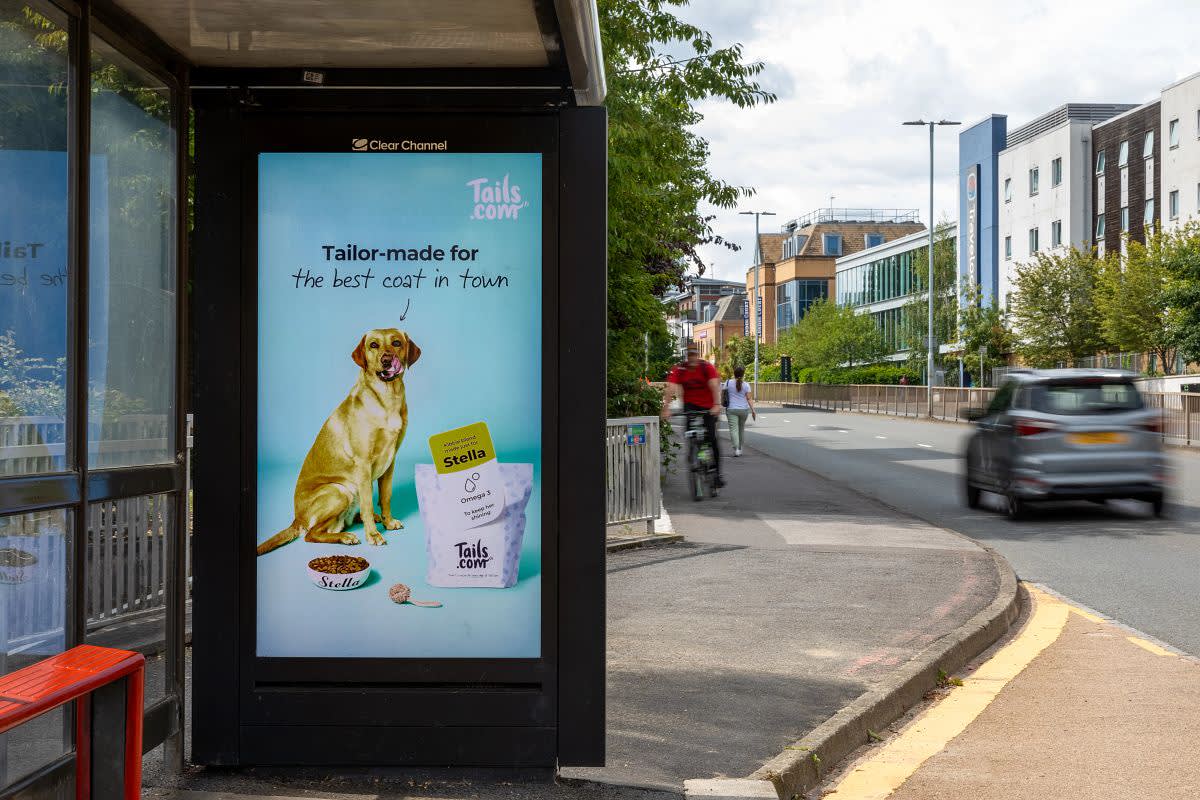
Short delivery times
An automated buying process means that programmatic DOOH campaigns can go live as soon as they’re set up using the DSP. Delivery times can therefore be as little as an hour, whereas previously even a day would be difficult.
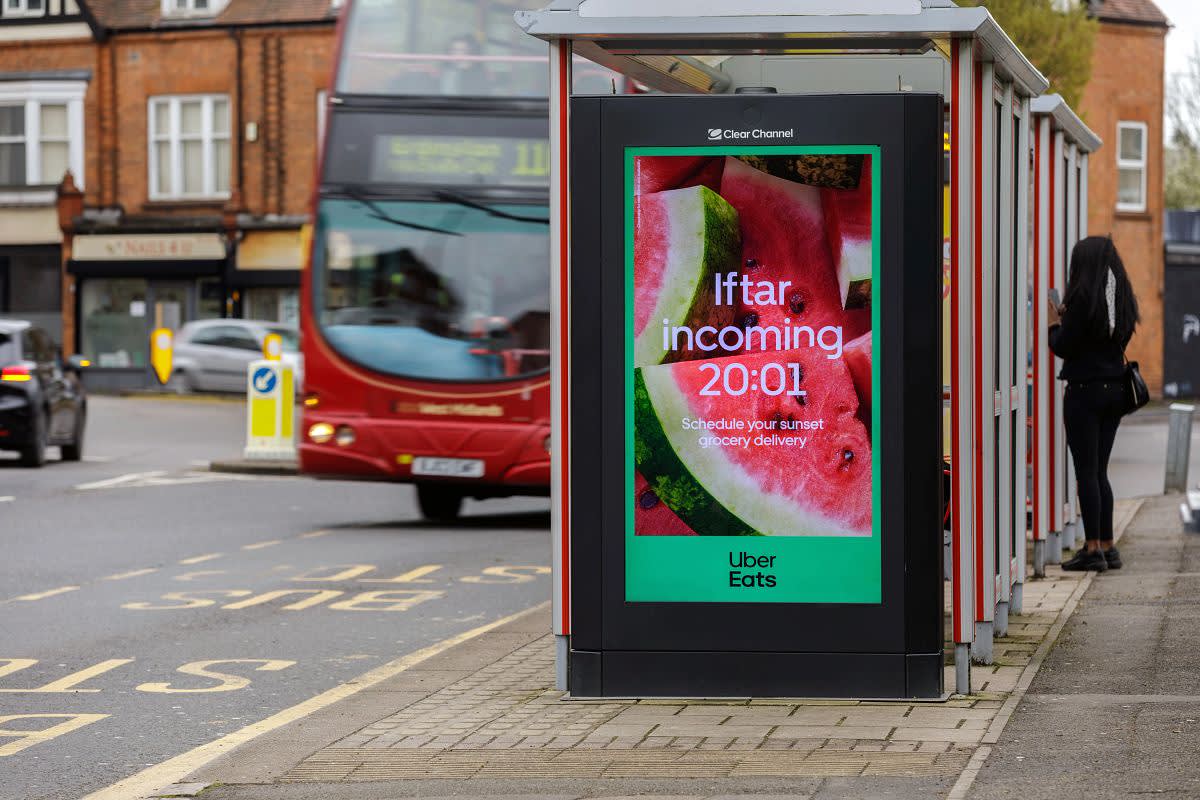
Increased efficiency
Programmatic DOOH streamlines the buying process, minimising manual work and simplifying campaign management. Programmatic platforms can also be accessed from anywhere at any time, bringing unprecedented speed and ease to campaign optimisation.
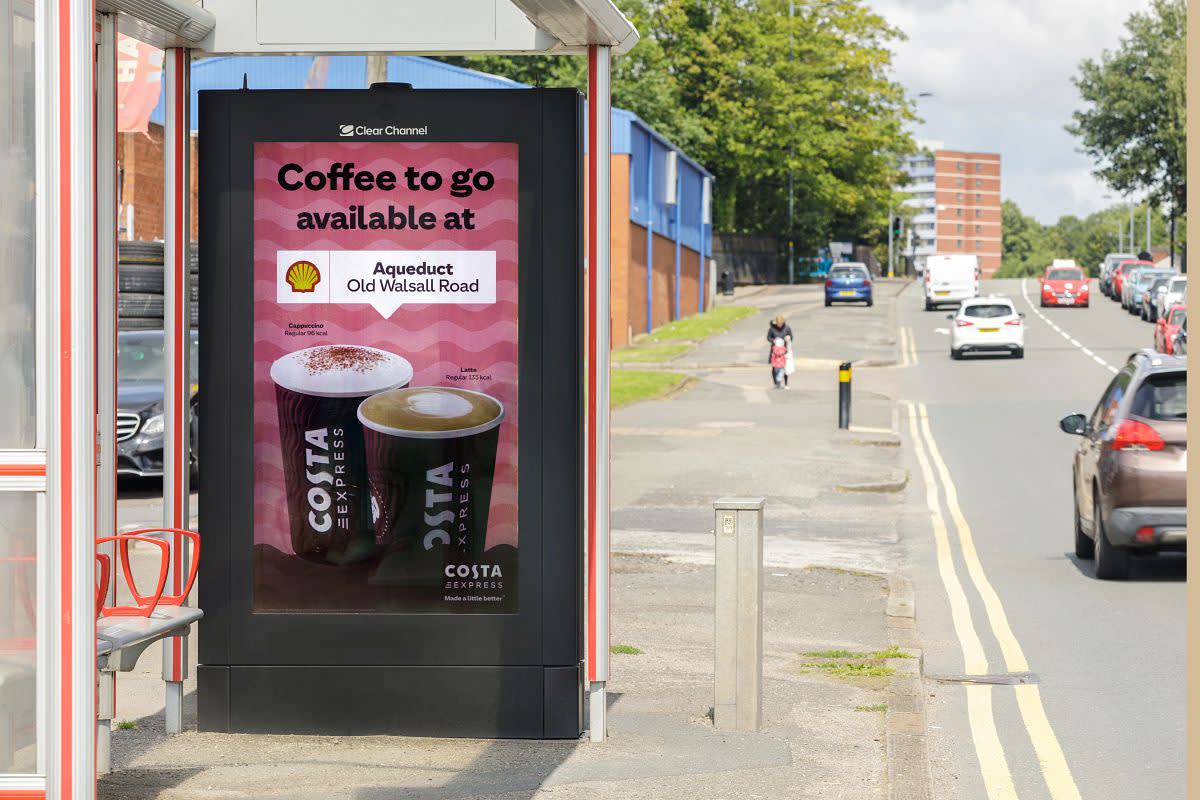
Precision targeting
Communicating with bespoke audiences is easy thanks to programmatic DOOH’s superior targeting capabilities. Brands can choose exactly who they’re speaking to and when, as opposed to just where.
By combining the personalisation and granularity of digital marketing with the reach and real-world connection of OOH, high-impact campaigns are easy to achieve.

Trigger-based buying
Trigger-based buying allows for the use of dynamic creatives that are triggered based on specific events or conditions. Displaying contextually relevant content at the point when consumers are most receptive leads to higher engagement, improving campaign efficacy by an average of 17%.

Multi-channel integration
Programmatic DOOH connects the online and offline worlds, enabling effective, multi-channel campaigns. Whether it’s using anonymised device IDs to retarget on mobile or integrating online data sources during campaign planning, cohesive customer journeys are the outcome.
Getting started with programmatic DOOH
Over the past decade, DOOH has gradually taken over traditional OOH as the predominant Out of Home advertising format, accounting for 63% of total OOH revenue in 2022. Programmatic DOOH is the next stage of this evolution – but it’s available now.
If you’re new to programmatic DOOH and want to test the water, repurposing existing creatives can save resources and achieve quick results. But these results won’t be a true representation of what programmatic DOOH has to offer.
The dynamic content capabilities offered by the medium can and should be leveraged if you want to achieve the optimum campaign outcome. Creatives should be designed with the full breadth of the available technology in mind to ensure that contextual relevance can be established.
To talk through how you can align your media buying and creative strategies with programmatic DOOH, get in touch with us today.
Start your DOOH campaign
Interested in learning more about DOOH advertising? Fill in our form and one of our team will be in contact shortly to answer your questions and get started on your next campaign.


